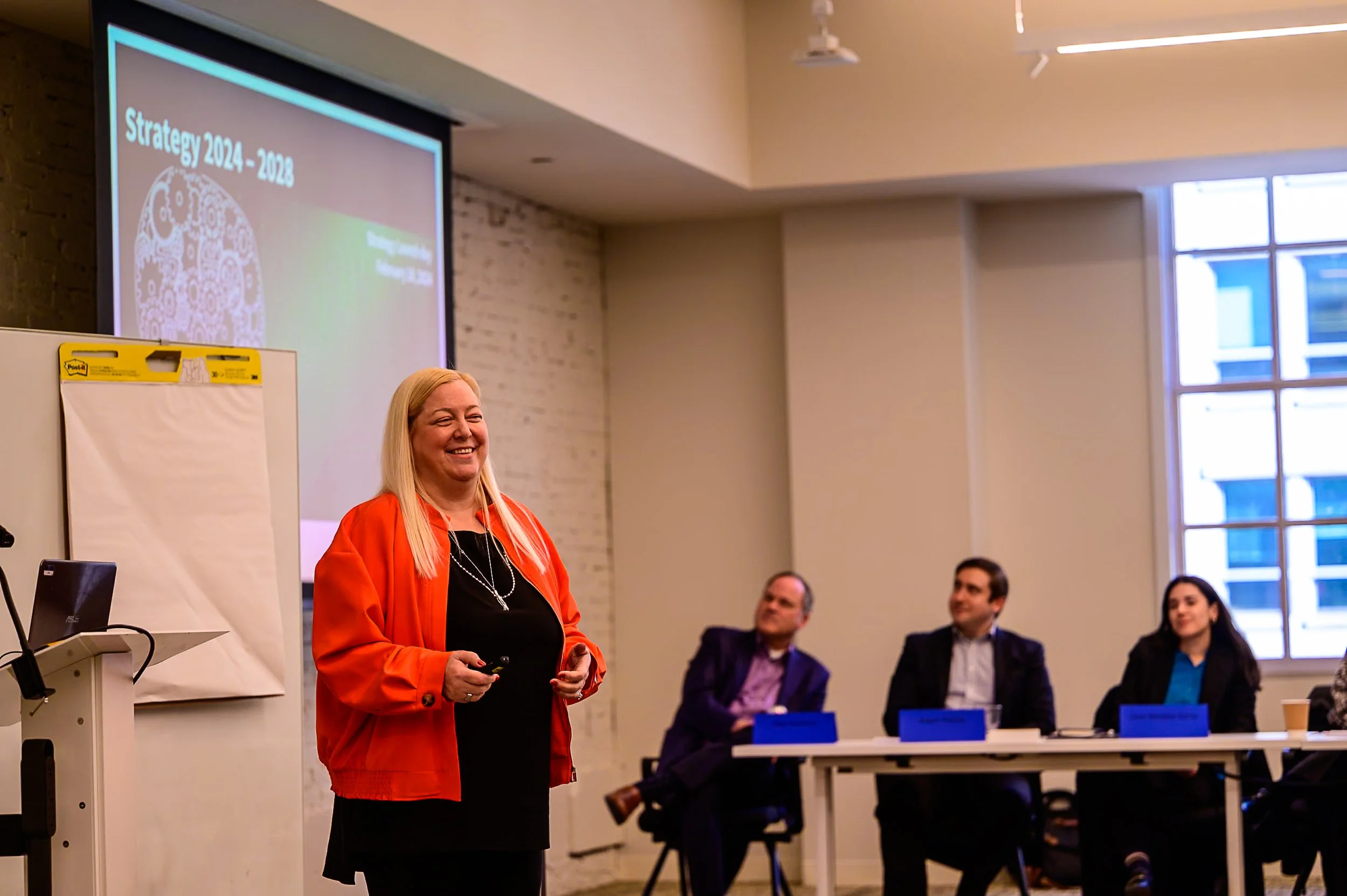
A Day in the Life of an Arc Aspicio Consulting Associate
My clock radio goes off at 6 AM and I’m out of bed and excited for a new day. By 6:45 AM, I’m out the door on my way to the office. The commute is a time for me to gather my thoughts, read the morning paper, and prepare for the tasks I have to address first.
I’m usually at my client site desk by 7:45 AM. I’ve been on my current project since I first started with Arc Aspicio a year and a half ago. I am part of Arc Aspicio’s consulting practice, meaning my day-to-day activities typically take place on a client site. Our consultants support many contracts for the Department of Homeland Security (DHS). Though we have specialists that provide technical experience in one certain task or activity, as a consultant, I must be versatile and adaptable to the needs of my client. It also means I get to do many different types of work every day.
After checking my calendar, I update my weekly task list to see what my biggest priorities are. If working for Arc Aspicio has taught me anything, it’s that great task organization and planning is extremely important to achieve success as a consultant. Managing multiple deliverables, communications with numerous stakeholders, and questions from team members can be hard to manage. It’s crucial to find a system that works for you, and our team members at Arc Aspicio often assist each other with best practices in task and time management.
By 8:30 AM, I’m preparing slides for a client conference call to be held later that day. My client materials must be interesting, professional, and error free. If I ever need ideas for appropriate formatting or how to make complex concepts more presentable, Arc Aspicio provides a variety of different tools and methods to help me, even on my client site work.
By 10 AM, it is time for my morning update call with my project team. I joined a consulting firm because I thoroughly enjoy working with people from diverse professional backgrounds. On my project, we have software developers, policy experts, technology managers, former Federal employees, and business strategy consultants all working together to accomplish a central mission. It is rewarding to me when many different talents come together to accomplish one goal.
After completing a client report, it is time for lunch at noon. Today, my Arc Aspicio teammates and I are going out together for a group lunch. It has been a busy week, so this time allows us to catch up and relax. The people at Arc Aspicio truly make work worthwhile, and my team is no exception. We care about each other’s well-being and take time out of our days to see how we are all handling our responsibilities. I specifically applied to Arc Aspicio because of what I heard about its corporate culture and the camaraderie of its employees. We hire talented people that not only meet the needs of our clients but also want to actively participate in growing a young company. This is an experience, and it is even more enjoyable because the people here want to be a part of it.
Back at the office, I have a 1:00 PM call with one of our executives to discuss planning for a company strategy initiative. We are preparing training for different project teams. As a growing consulting firm, Arc Aspicio relies heavily on its employees at all levels to carry out the company strategy. I have the opportunity to speak work with company leaders – our CEO, President, and company directors – on a regular basis. They learned my areas of expertise early on and have given me the chance to develop areas of the internal company strategy that interest me.
After the call, I spend the next few hours planning modules for the training sessions. At 4:00 PM, I have my weekly check-in meeting with my supervisor. We review my task tracker, which I share with my supervisor through our company’s SharePoint site, and discuss ongoing tasks and deliverables I have finalized in the past week.
First and foremost, I serve as a problem solver for my client. To me, that is what makes consulting exciting. The day-to-day for our client’s activities never go 100% according to plan, so we must be there to serve as fixers and critical thinkers. Many of my clients view my team as the calm and collective voices that provide sound advice during difficult times.
By 5:30 PM, I have wrapped up most of my day’s activities. I shut down my computer and head over to the bus stop to begin my commute home. I put on my headphones and set my phone’s music playlist on shuffle as I wait. Another great day in the books.





















